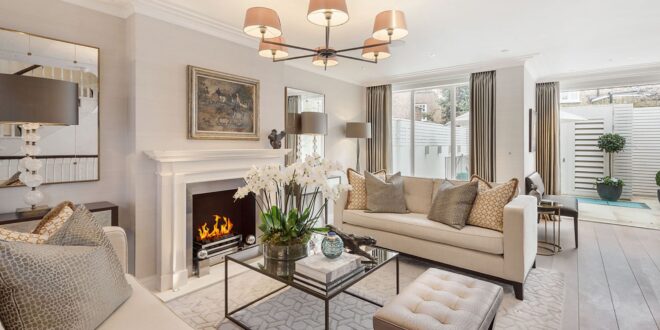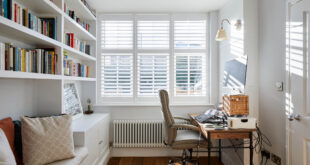Introduction: Creating a Home That Reflects You
Your home is more than just a place to live; it’s a sanctuary, a reflection of your personality, and a space where memories are made. Home decor is the art of transforming a house into a home, imbuing it with your unique style and creating an environment that nurtures your well-being. Whether you’re looking to refresh a single room or completely revamp your entire house, the world of home decor offers endless possibilities. The key is to approach it with creativity, a willingness to experiment, and a clear understanding of your own personal tastes and needs.
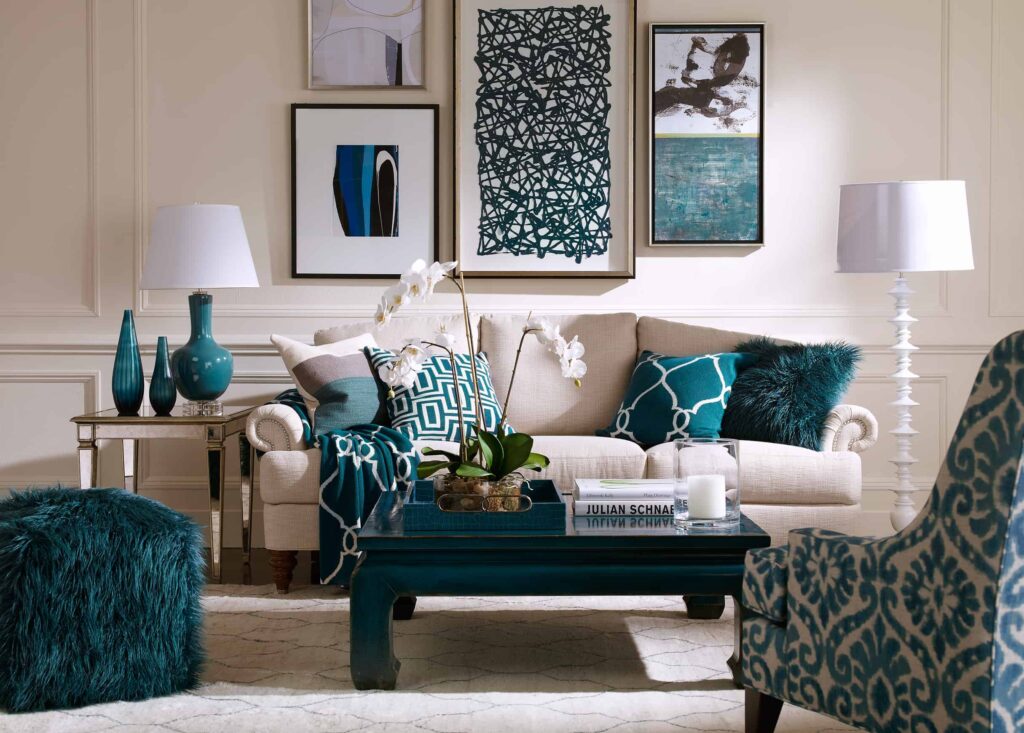
This comprehensive guide will explore a variety of inspiring home decor ideas, catering to different styles, budgets, and preferences. From minimalist aesthetics to maximalist expressions, we’ll delve into the essential elements of interior design, offering practical tips and tricks to help you create a space that is both beautiful and functional. Get ready to unlock your inner interior designer and transform your house into the home of your dreams!
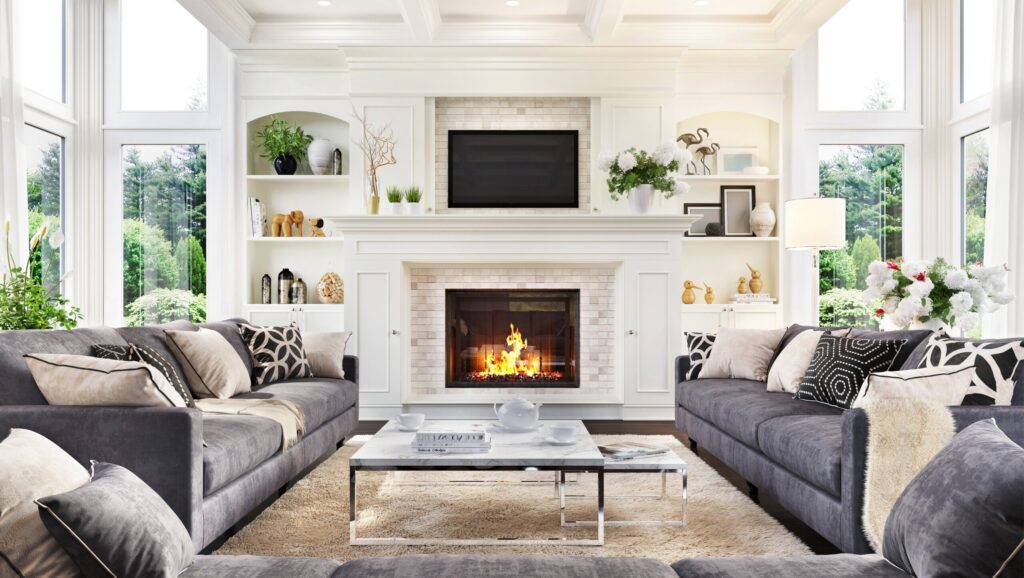
Understanding Your Style: Finding Your Decorating Niche
Before diving into specific decor ideas, it’s crucial to identify your personal style. This will serve as a guiding principle, ensuring that your decor choices are cohesive and harmonious. Ask yourself: What kind of atmosphere do you want to create? What colors and textures resonate with you? What are your favorite design eras? Exploring different styles and identifying elements you love will help you define your own decorating niche.
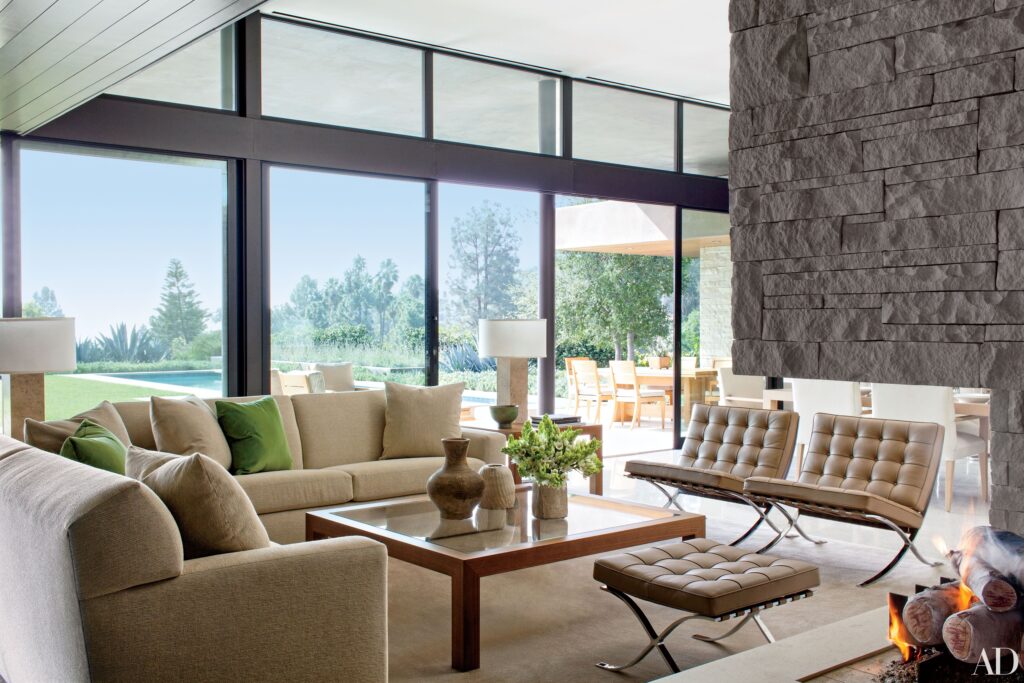
Popular Decorating Styles: A Quick Overview
- Minimalism: Characterized by clean lines, neutral colors, and a clutter-free environment. Minimalism emphasizes functionality and simplicity, creating a sense of calm and serenity.
- Modern: Often confused with minimalism, modern decor encompasses a broader range of styles, typically featuring sleek furniture, geometric shapes, and a focus on natural light.
- Contemporary: A constantly evolving style that reflects the current trends in design. Contemporary decor often incorporates elements from other styles, creating a dynamic and eclectic look.
- Traditional: Embraces classic elegance and timeless appeal. Traditional decor features ornate furniture, rich colors, and intricate details.
- Bohemian (Boho): A free-spirited and eclectic style that celebrates individuality and creativity. Boho decor incorporates vibrant colors, global textiles, and natural elements.
- Rustic: Inspired by the countryside, rustic decor features natural materials such as wood, stone, and leather. It often incorporates vintage and repurposed items, creating a warm and inviting atmosphere.
- Coastal: Evokes the feeling of being by the sea, with light and airy colors, natural textures, and nautical-inspired accents.
- Industrial: Inspired by factories and warehouses, industrial decor features exposed brick, metal accents, and raw materials.
- Mid-Century Modern: A retro style that gained popularity in the mid-20th century. It features clean lines, organic shapes, and a focus on functionality.
Consider these styles as starting points. You can always mix and match elements from different styles to create a unique look that reflects your personal taste. Don’t be afraid to experiment and break the rules! The most important thing is to create a space that you love and that feels authentically you.
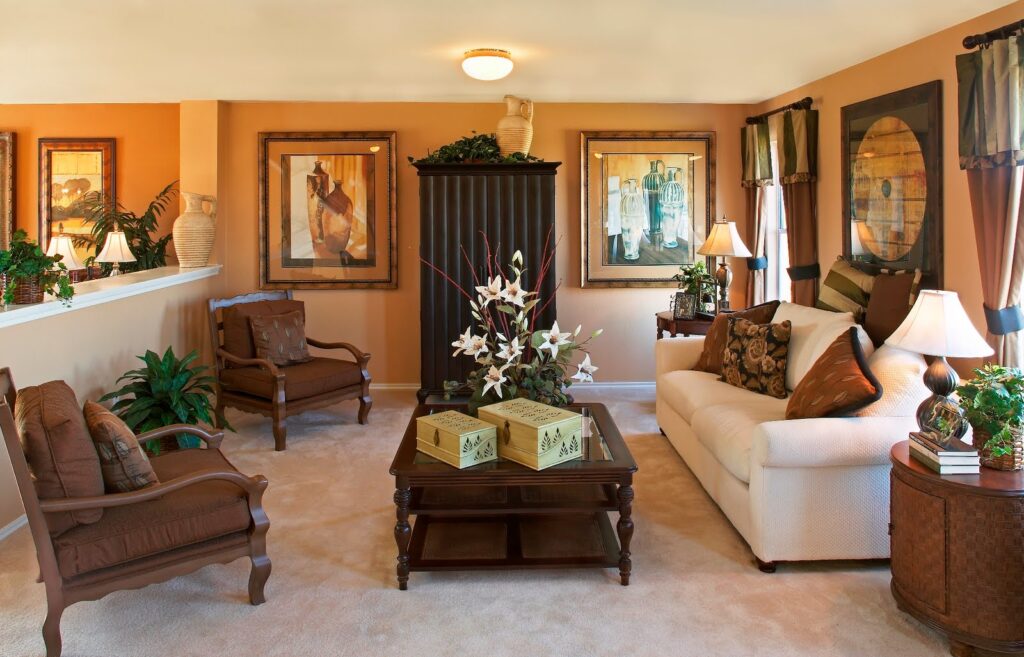
Color Psychology: Harnessing the Power of Color
Color plays a vital role in home decor, influencing mood, creating ambiance, and defining the overall aesthetic. Understanding the principles of color psychology can help you make informed choices that enhance the atmosphere of your home.
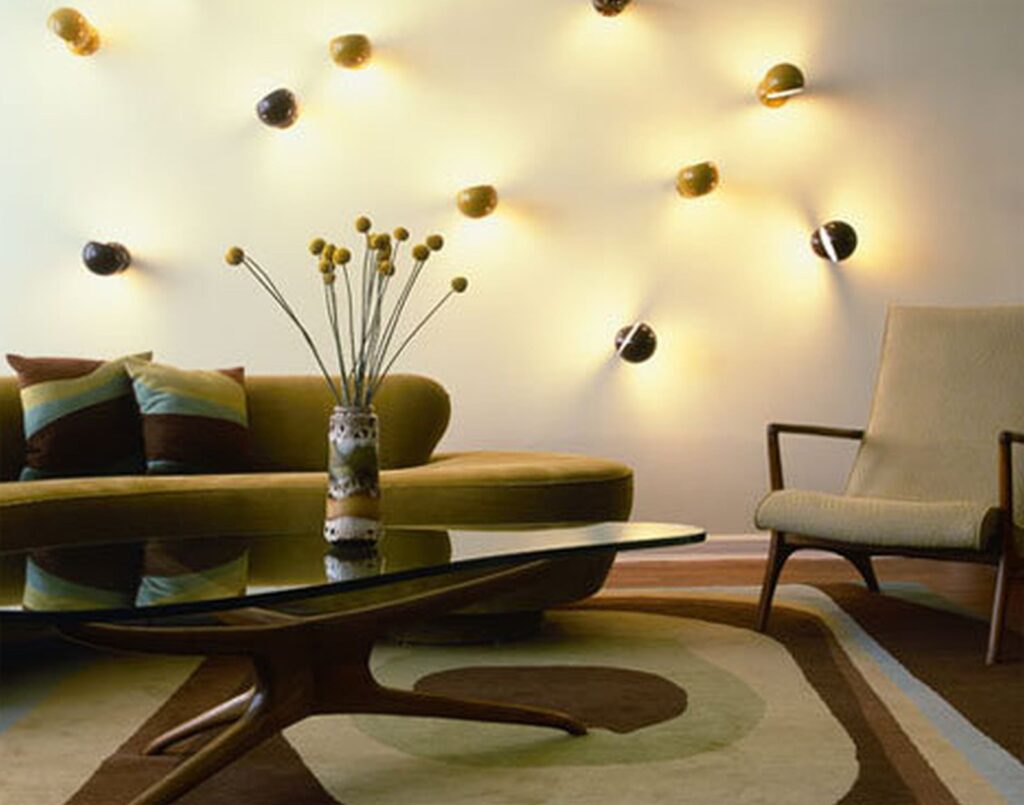
The Emotional Impact of Different Colors
- Blue: Associated with calmness, serenity, and stability. Blue is a popular choice for bedrooms and bathrooms.
- Green: Represents nature, growth, and harmony. Green is often used in living rooms and kitchens to create a relaxing and refreshing atmosphere.
- Yellow: Evokes feelings of happiness, optimism, and energy. Yellow is a great choice for kitchens, dining rooms, and entryways.
- Red: Associated with passion, excitement, and energy. Red is a bold color that can be used as an accent to add drama and warmth to a space.
- Orange: Represents enthusiasm, creativity, and warmth. Orange is a vibrant color that can be used in living rooms, dining rooms, and playrooms.
- Purple: Associated with luxury, creativity, and spirituality. Purple is a sophisticated color that can be used in bedrooms, living rooms, and offices.
- White: Represents purity, cleanliness, and simplicity. White is a versatile color that can be used in any room to create a bright and airy atmosphere.
- Gray: A neutral color that can be used to create a sense of calm and sophistication. Gray is a popular choice for modern and contemporary interiors.
- Black: Represents power, elegance, and sophistication. Black can be used as an accent to add drama and contrast to a space.
When choosing colors for your home, consider the size of the room, the amount of natural light, and your personal preferences. You can use color to create a focal point, define different areas of a room, or simply add a touch of personality. Don’t be afraid to experiment with different color combinations to find what works best for you.
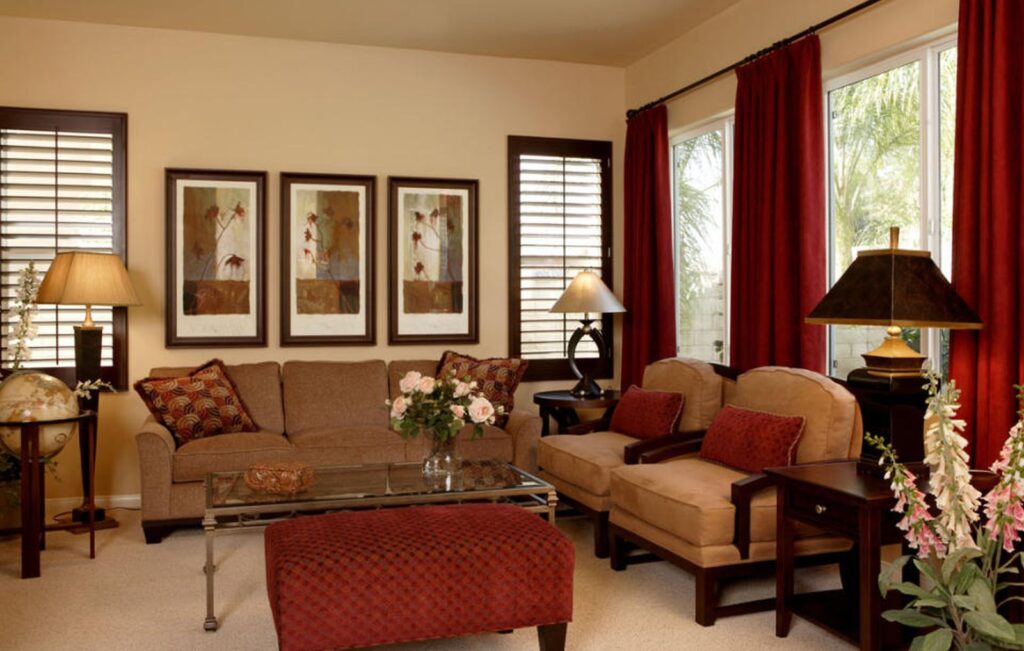
Furniture Selection: Balancing Style and Functionality
Furniture is an essential element of home decor, providing both functionality and aesthetic appeal. When selecting furniture, it’s important to consider your lifestyle, the size of your space, and your personal style. Choose pieces that are comfortable, durable, and visually appealing.
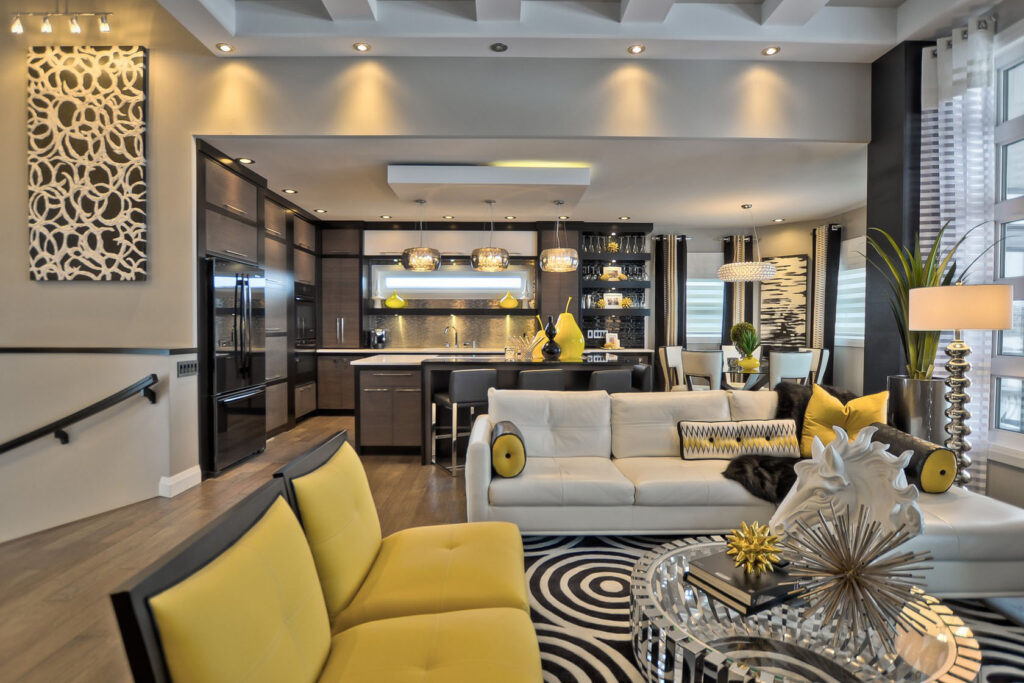
Key Considerations for Furniture Selection
- Scale and Proportion: Ensure that your furniture is appropriately sized for the room. Overly large furniture can make a small room feel cramped, while undersized furniture can get lost in a large space.
- Functionality: Choose furniture that meets your specific needs. Consider how you will use the space and select pieces that are both functional and comfortable.
- Style: Select furniture that complements your overall decor style. Choose pieces that reflect your personal taste and create a cohesive look.
- Durability: Invest in high-quality furniture that will stand the test of time. Choose pieces made from durable materials that can withstand everyday wear and tear.
- Comfort: Comfort is key, especially for furniture that you will be using frequently. Choose sofas, chairs, and beds that are comfortable and supportive.
Don’t feel obligated to buy all new furniture at once. You can gradually build your collection over time, adding pieces that you love and that fit your budget. Consider incorporating vintage or repurposed furniture to add character and personality to your space.
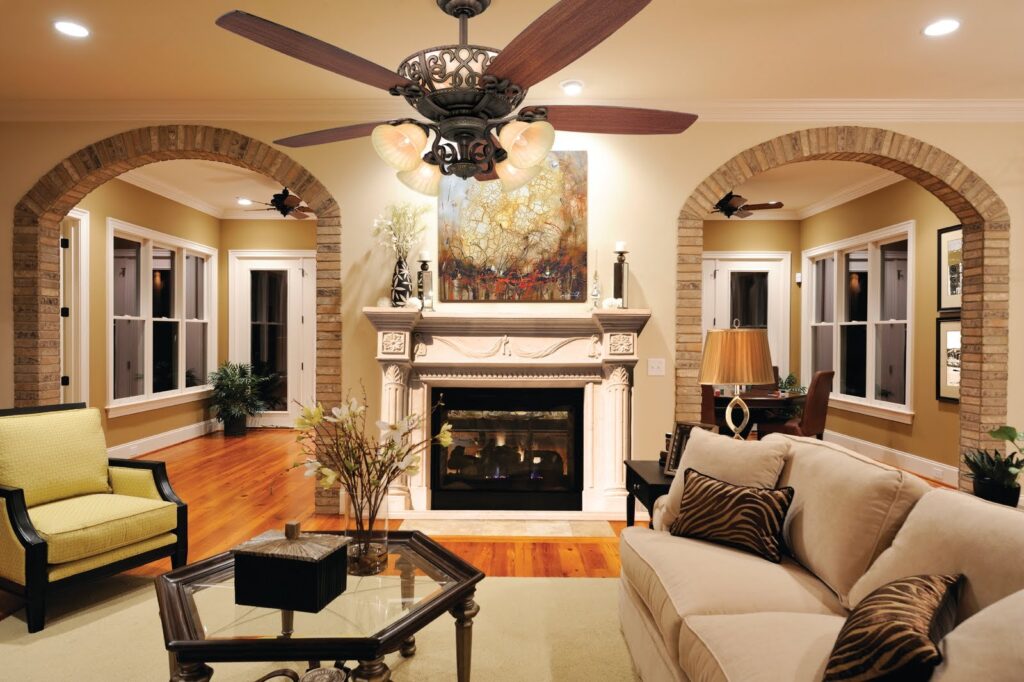
Lighting: Illuminating Your Space with Style
Lighting is a crucial element of home decor, influencing the ambiance, highlighting architectural features, and enhancing the overall functionality of a space. A well-lit room feels inviting and comfortable, while poorly lit room can feel gloomy and unwelcoming. Consider the different types of lighting and how they can be used to create the desired effect.
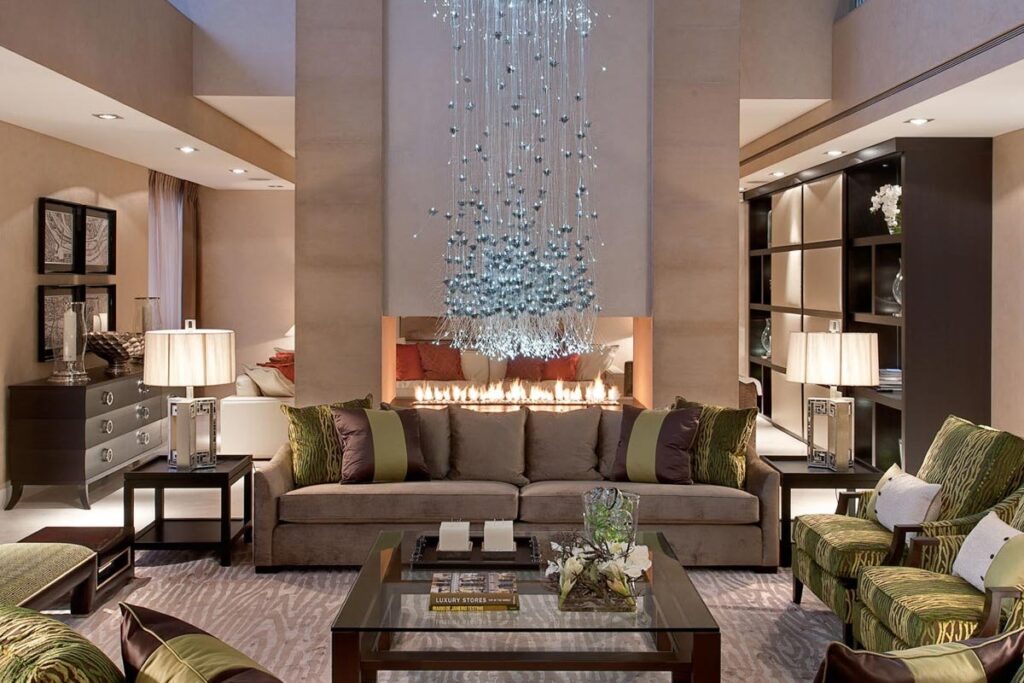
Types of Lighting
- Ambient Lighting: Provides overall illumination for a room. Examples include ceiling fixtures, chandeliers, and recessed lighting.
- Task Lighting: Provides focused light for specific tasks, such as reading, cooking, or working. Examples include desk lamps, under-cabinet lighting, and floor lamps.
- Accent Lighting: Highlights specific features, such as artwork, architectural details, or plants. Examples include spotlights, track lighting, and wall sconces.
Tips for Effective Lighting Design
- Layer Your Lighting: Combine different types of lighting to create a well-balanced and visually appealing space.
- Consider the Color Temperature: Choose light bulbs with a color temperature that complements your decor. Warm light (2700-3000K) creates a cozy and inviting atmosphere, while cool light (4000-5000K) is better for tasks and provides a brighter, more energizing effect.
- Use Dimmers: Install dimmers to control the intensity of your lighting and create different moods.
- Maximize Natural Light: Take advantage of natural light by using light-colored window treatments and placing mirrors strategically to reflect light.
Wall Decor: Adding Personality and Visual Interest
Wall decor is a fantastic way to add personality and visual interest to your home. From paintings and prints to mirrors and tapestries, the options are endless. Choose wall decor that reflects your personal style and complements the overall aesthetic of your space.
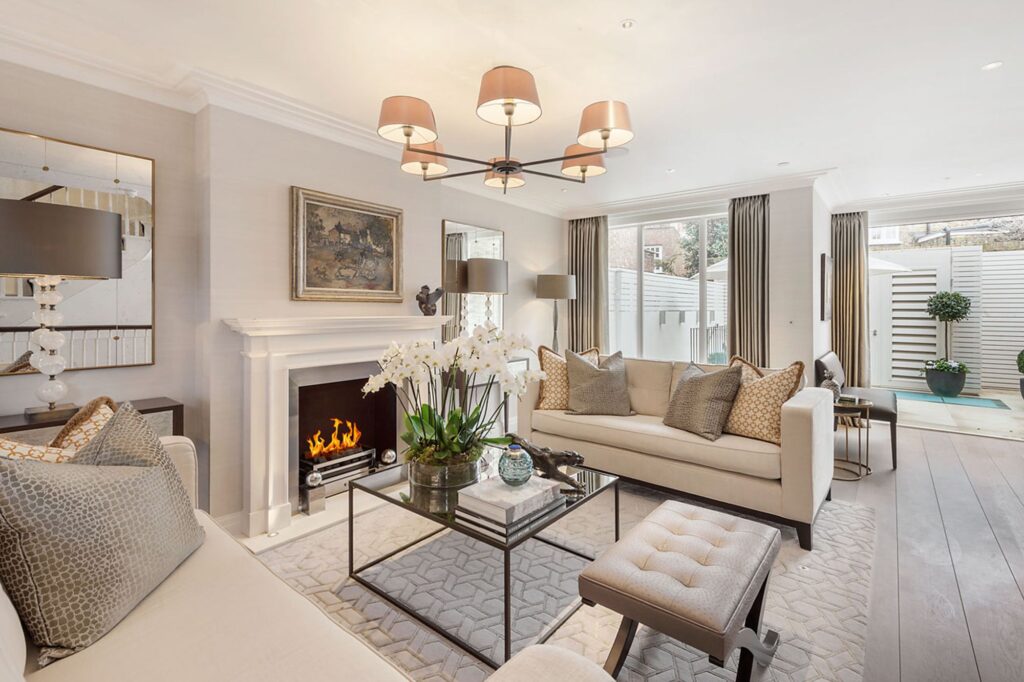
Wall Decor Ideas
- Artwork: Paintings, prints, photographs, and sculptures can add color, texture, and personality to your walls.
- Mirrors: Mirrors can reflect light, making a room feel larger and brighter.
- Shelves: Floating shelves or bookshelves can provide storage and display space for books, plants, and decorative objects.
- Tapestries and Wall Hangings: Tapestries and wall hangings can add texture and warmth to a room.
- Wall Decals: Wall decals are a quick and easy way to add personality to your walls without the commitment of paint.
- Family Photos: Create a gallery wall with family photos to personalize your space and showcase cherished memories.
Textiles and Fabrics: Adding Texture and Comfort
Textiles and fabrics play a crucial role in creating a comfortable and inviting home. From curtains and rugs to pillows and throws, textiles can add texture, color, and warmth to any space. Choose fabrics that are soft, durable, and visually appealing.
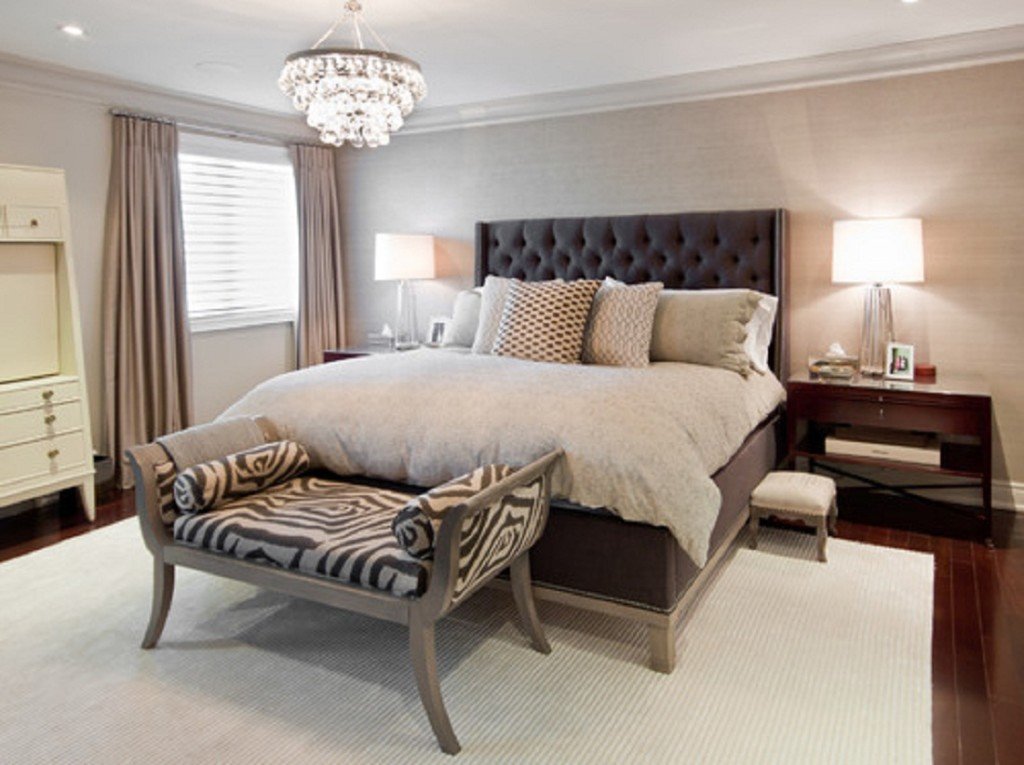
Textile and Fabric Ideas
- Curtains and Drapes: Curtains and drapes can add privacy, block light, and enhance the overall aesthetic of a room.
- Rugs: Rugs can define different areas of a room, add warmth and texture, and protect your floors.
- Pillows and Throws: Pillows and throws can add comfort, color, and texture to sofas, chairs, and beds.
- Upholstery: Choose upholstery fabrics that are durable, stain-resistant, and visually appealing.
Accessories and Decorative Objects: Adding Finishing Touches
Accessories and decorative objects are the finishing touches that bring a room to life. From vases and candles to books and plants, accessories can add personality, visual interest, and a sense of warmth to your home. Choose accessories that reflect your personal style and complement the overall aesthetic of your space.
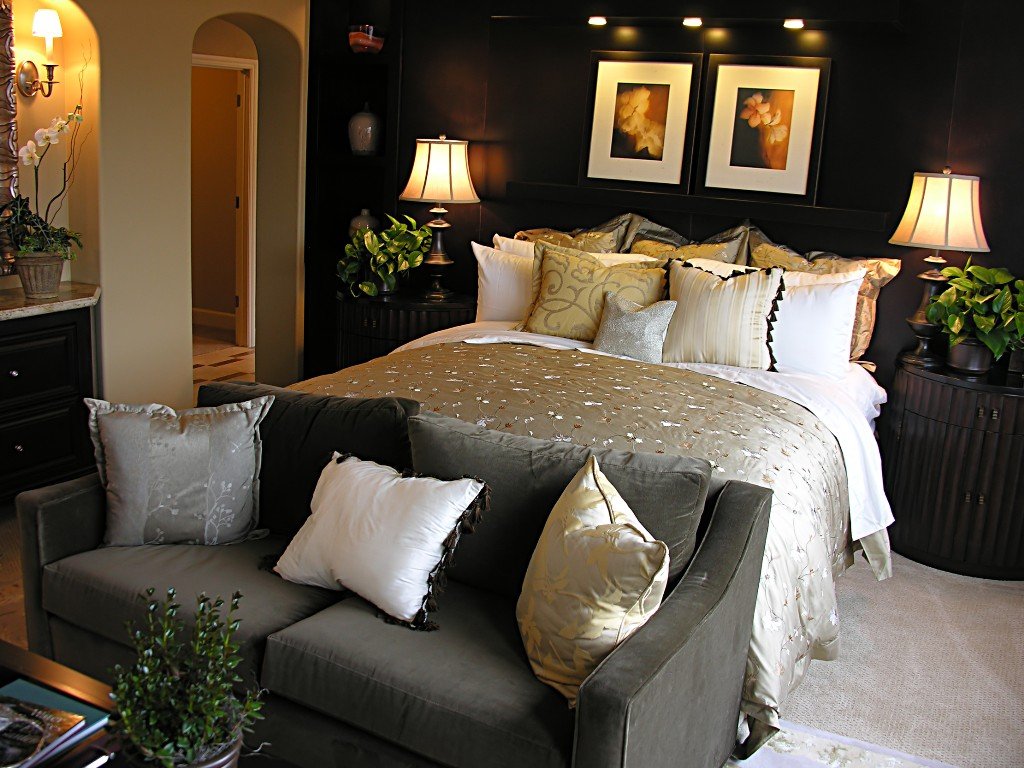
Accessory Ideas
- Vases: Vases can be used to display flowers, branches, or decorative objects.
- Candles: Candles can add ambiance and create a relaxing atmosphere.
- Books: Books can add personality and visual interest to shelves and tables.
- Plants: Plants can add life and freshness to any space.
- Trays and Bowls: Trays and bowls can be used to organize and display small objects.
- Sculptures: Sculptures can add artistic flair and visual interest to your home.
Budget-Friendly Decorating Ideas
Decorating your home doesn’t have to break the bank. There are many budget-friendly ways to transform your space without spending a fortune. Here are some tips for decorating on a budget:
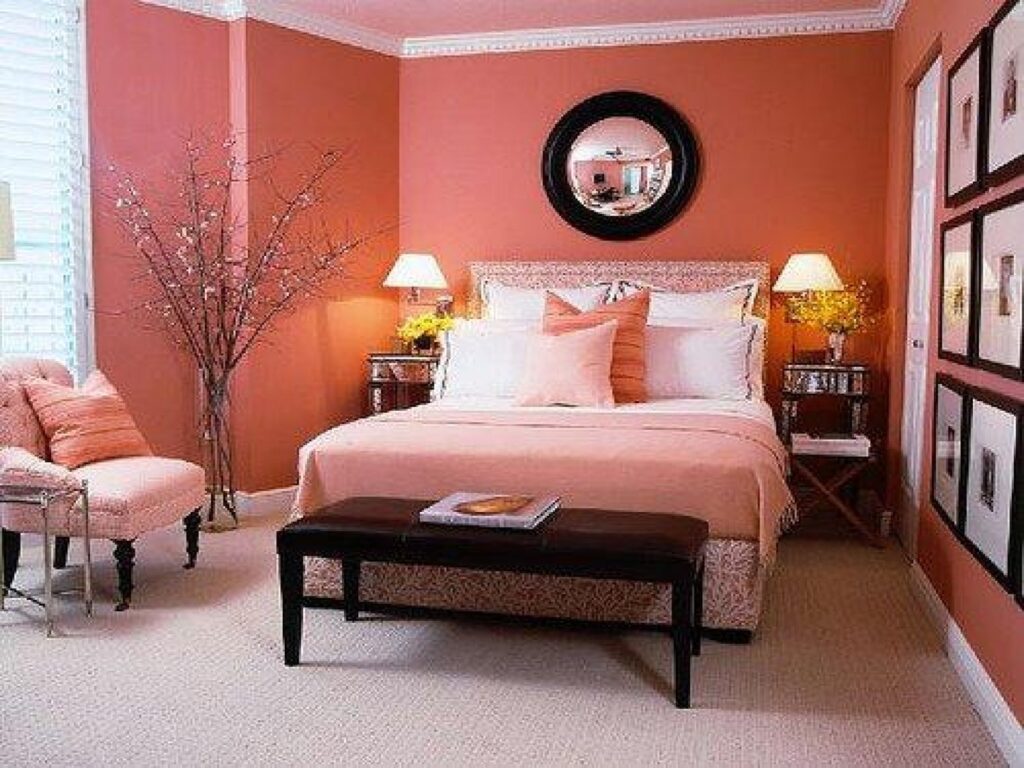
Tips for Decorating on a Budget
- Repurpose and Upcycle: Give old furniture and accessories a new lease on life by repurposing or upcycling them.
- Shop at Thrift Stores and Flea Markets: You can find unique and affordable decor items at thrift stores and flea markets.
- DIY Projects: Get creative and make your own decor items, such as paintings, pillows, or wall hangings.
- Rearrange Your Furniture: Sometimes, simply rearranging your furniture can make a big difference in the look and feel of a room.
- Focus on One Room at a Time: Instead of trying to decorate your entire house at once, focus on one room at a time. This will make the process less overwhelming and more affordable.
- Utilize Free Resources: Take advantage of free resources such as online design tools and blogs to get inspiration and ideas.
Small Space Decorating Ideas
Decorating a small space can be challenging, but it’s definitely possible to create a stylish and functional home even with limited square footage. Here are some tips for decorating small spaces:
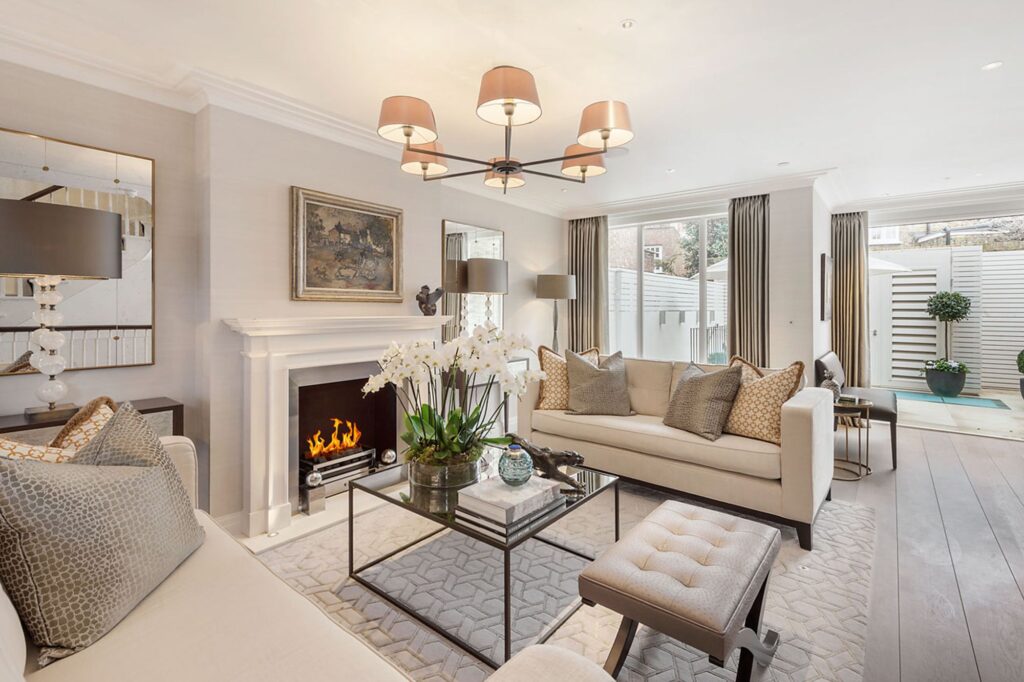
Tips for Decorating Small Spaces
- Maximize Vertical Space: Use shelves, cabinets, and wall-mounted organizers to maximize vertical space.
- Choose Multi-Functional Furniture: Select furniture that serves multiple purposes, such as a sofa bed or a coffee table with storage.
- Use Light Colors: Light colors can make a small space feel larger and brighter.
- Declutter Regularly: Keep your space clutter-free to maximize the feeling of spaciousness.
- Use Mirrors: Mirrors can reflect light and make a small space feel larger.
- Create Zones: Define different areas of your small space with rugs, furniture placement, or paint colors.
Sustainable and Eco-Friendly Decorating Ideas
More and more people are embracing sustainable and eco-friendly decorating practices. This involves choosing materials and products that are environmentally friendly and reducing your impact on the planet. Here are some ideas for sustainable decorating:
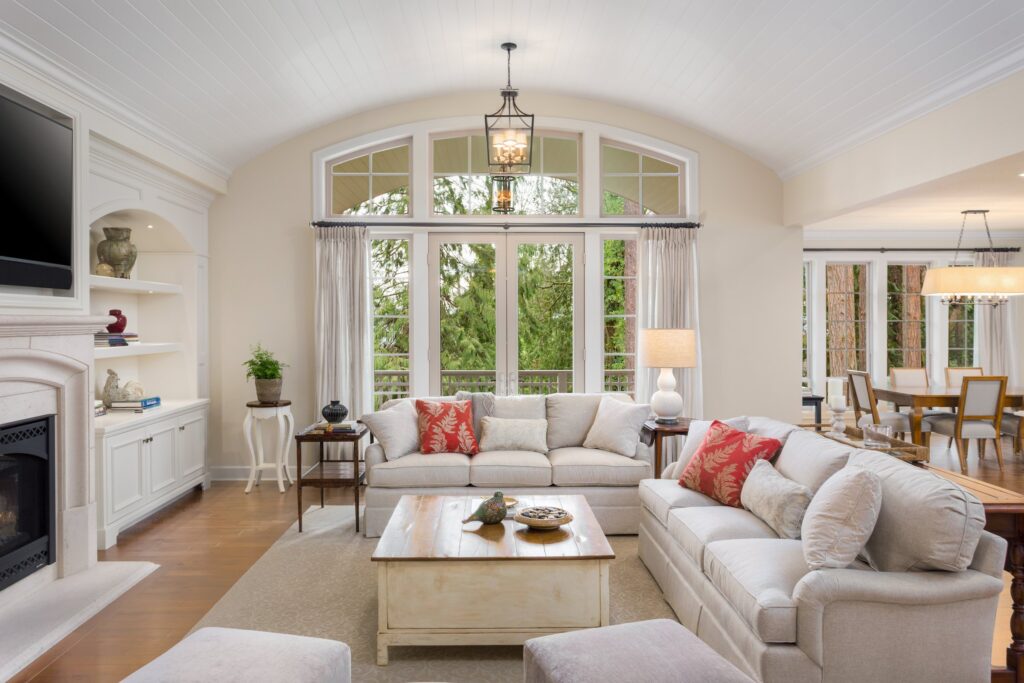
Tips for Sustainable Decorating
- Choose Sustainable Materials: Select furniture and accessories made from sustainable materials, such as bamboo, recycled wood, or organic cotton.
- Buy Secondhand: Shop at thrift stores and flea markets to find vintage and repurposed items.
- Use Low-VOC Paints: Choose paints that are low in volatile organic compounds (VOCs) to reduce indoor air pollution.
- Reduce Waste: Avoid buying single-use items and opt for reusable alternatives.
- Support Local Artisans: Buy handmade items from local artisans to support sustainable businesses.
- Conserve Energy: Use energy-efficient lighting and appliances to reduce your carbon footprint.
Seasonal Decorating Ideas
Seasonal decorating is a fun way to update your home and celebrate the changing seasons. Here are some ideas for decorating your home for different seasons:
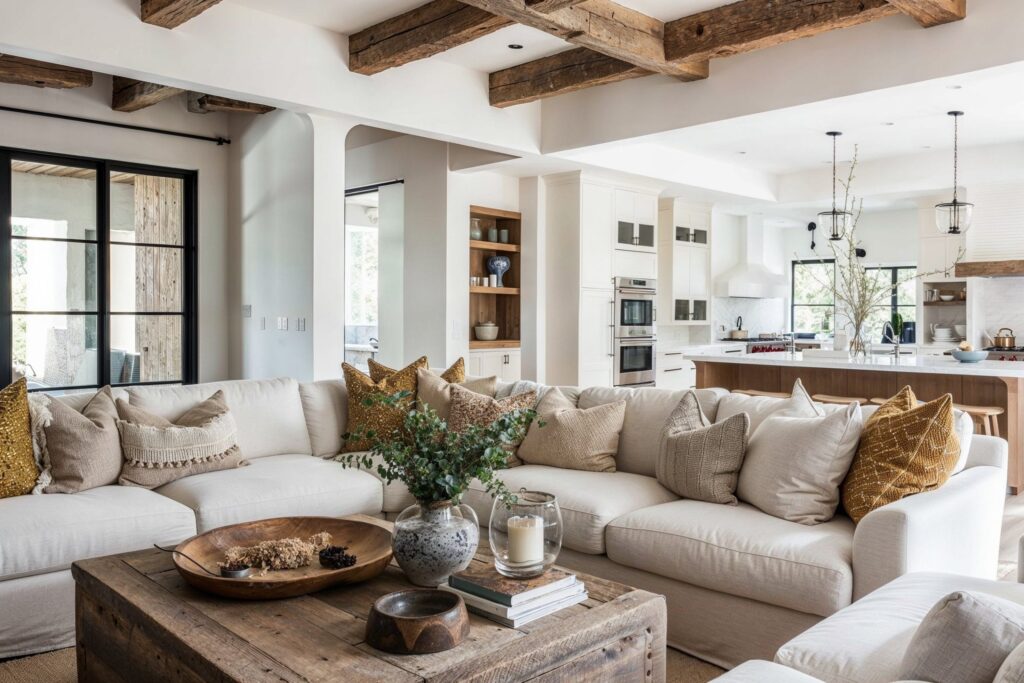
Seasonal Decorating Ideas
- Spring: Incorporate fresh flowers, pastel colors, and light fabrics to create a bright and airy atmosphere.
- Summer: Use nautical-inspired accents, vibrant colors, and natural textures to create a relaxed and beachy vibe.
- Fall: Add warm colors, cozy textures, and natural elements such as pumpkins and leaves to create a cozy and inviting atmosphere.
- Winter: Use festive decorations, such as Christmas trees, ornaments, and lights, to create a warm and cheerful atmosphere.
Conclusion: Creating a Home That You Love
Home decor is a personal journey, and the most important thing is to create a space that you love and that reflects your unique personality. Don’t be afraid to experiment, break the rules, and have fun! By following these tips and ideas, you can transform your house into the home of your dreams. Remember that decorating is an ongoing process, so continue to evolve your space as your tastes and needs change over time.
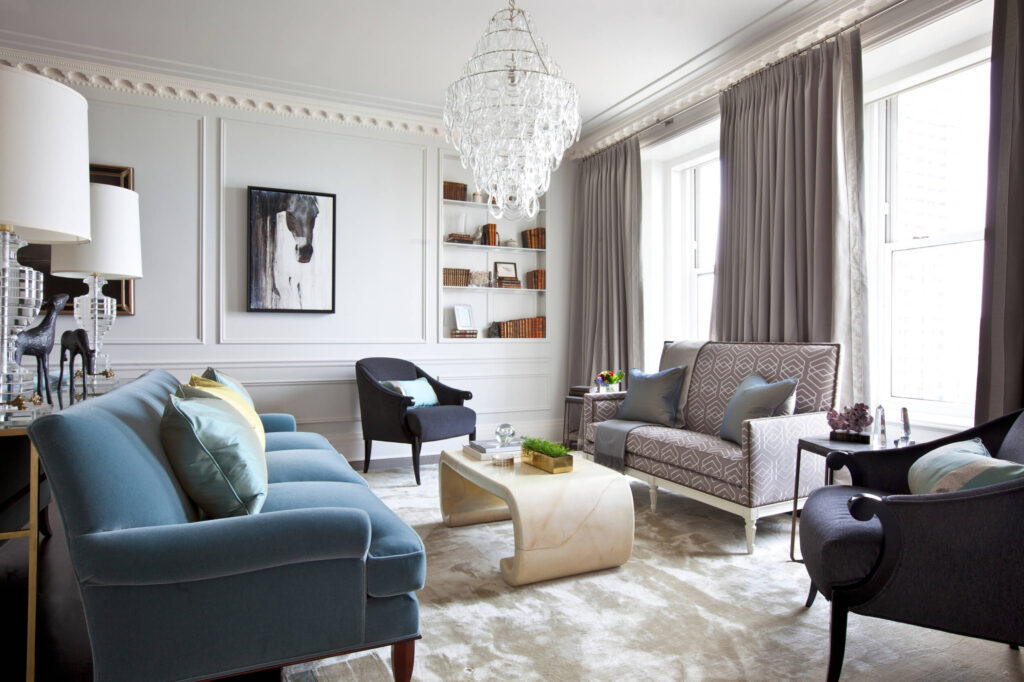
 Nimila
Nimila
